Check out these 10 vintage prints from the pre-Independence era
Revisit the earliest chapters of industry in India through 10 chromolithographs (multi-coloured prints used as textile packaging labels).
Revisit the earliest chapters of industry in India through 10 chromolithographs (multi-coloured prints used as textile packaging labels).
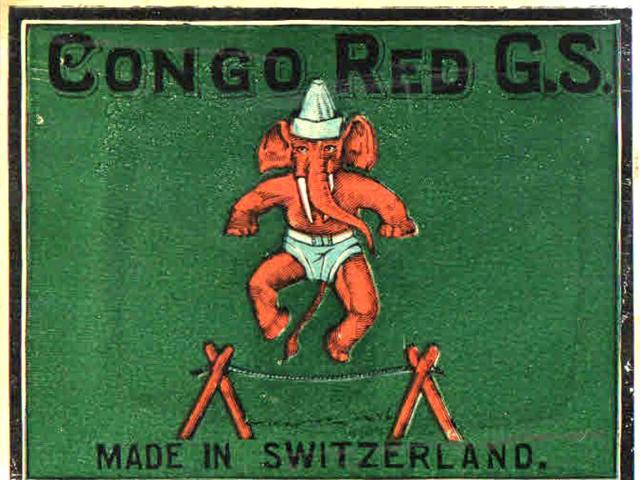
1. Morarjee Goculdas S & W Co. Ltd. Mills, Bombay, 1930s
Established in 1871, it was the oldest textile company in India. This label dates back to the late 1930s, when the mill joined the Swadeshi Movement and set up a khaki department. The flag that Hanuman is hoisting has ‘deshi’ written on it to symbolise the movement.
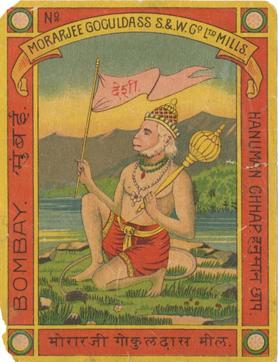
2. Young India, The Union Mills, Bombay, 1930s
The label dates back to the early days of the Indian National Congress. So, you see the Congress flag with the charkha (spinning wheel) in the centre.
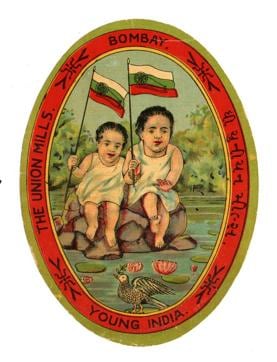
3. Warranted Best Turkey Red, WM Stirling & Sons, Glasgow
Radhi Parekh, gallery director and owner of the collection, had seen several dye labels of Turkey red at her house. “My interest in chromolithographs piqued when I came across Turkey red dye labels in an antique store in 2011,” she says.
Also read: Know all GOT sigils, not of Indian royal families? Learn here

4. F Steiner & Co Manchester, 1880s, Chromolithograph
F Steiner and Co was a reputed textile mill. It participated in the Glasgow International Exhibition of 1888. Labels of the mill are also found in the British Museum, London.
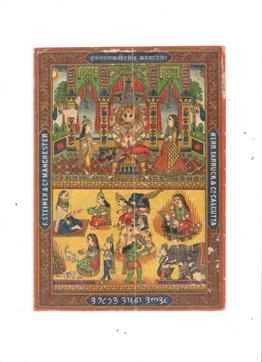
5. The Aryodaya Spinning and Weaving Co Ltd, Ahmedabad, 1930, Offset
Labels printed around the late 1930s feature geometric borders, symmetrical patterns, and other Art-Deco motifs.
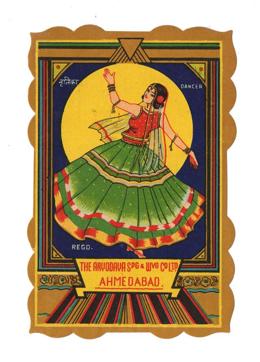
Also read: Relive early days of photojournalism in India in these pics
6. Congo Red, Made in Switzerland
Congo red was a chemical dye used extensively in the textile mills. Indian gods and goddesses were a recurring motif in the labels made for Indian companies.
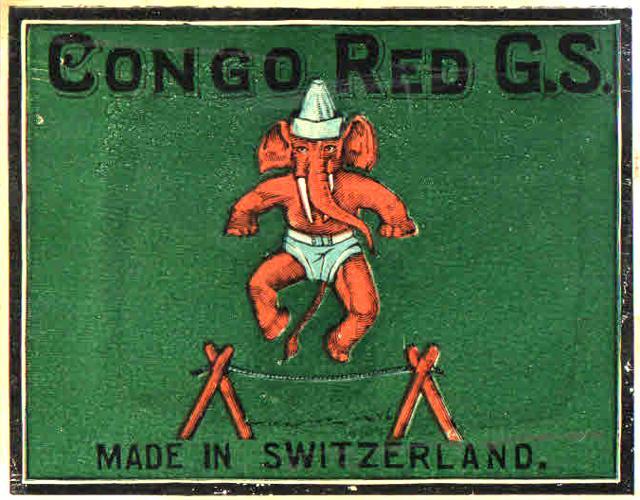
7. Shipper ticket, Nathumal Shoorimal, Ahmedabad
“Since bales of clothes were imported from the UK, consignments were labelled with these tickets. The quantity or the number of yards would be written in the blank boxes at the bottom,” Parekh says.
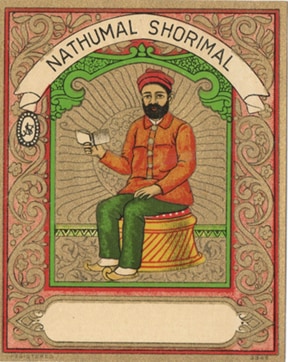
8. Best wishes from Bombay, Made in Liverpool, UK
During festive occasions, merchants would exchange greeting cards. Chromolithograph prints were also used as greeting cards. Here, you can see New Year greetings from Meghji Damji and Co, printed in Liverpool.

9. Mahabharata
In another label, also made in Liverpool, you can see a scene from Mahabharata – Krishna’s fight with Kaliya Naag.
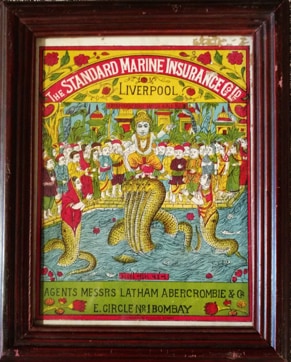
10. Lady of the Lake, The Aryodaya Spinning and Weaving Co Ltd, Ahmedabad
“You see an Indian woman rowing a boat. But she has not draped the sari in a traditional manner. Also, her headgear looks more Red Indian. It’s safe to say that the artists abroad were confused about the attire,” says Parekh.

What are chromolithographs?
Back in the 1870s, the first phase of mass-scale production of consumer goods spread across the world. The need to advertise was felt, and that’s when chromolithography — large-scale printing — came into being. One of artist Raja Ravi Varma’s technicians, Fritz Schleicher, helped him start chromolithograph printing at his press. However, most prints were made in bulk in Britain and in other parts of Europe. These prints were used in the textile industry as packaging labels, advertisements and calendar art.
Real vs fake: how you can tell
We have seen postcard-sized artwork being sold for meagre prices on Colaba Causeway and at other antique stores. Parekh shows us a pile in the gallery that’s fake. It’s possible to tell the difference. “Chromolithographs were last made in the 1930s. Ageing is the obvious giveaway. You cannot replicate the discolouration, and natural wear and tear. Moreover, the advanced machines leave a sheen on the image,” she says.
Don’t Miss
What: Ephemera 2016 - An Exhibition of Vintage Textile Labels and Chromolithographs is on till August 17, 11am to 7pm.
Where: Artisans’ Gallery, Kala Ghoda
Call: 098201 45397
Catch your daily dose of Fashion, Health, Festivals, Travel, Relationship, Recipe and all the other Latest Lifestyle News on Hindustan Times Website and APPs



